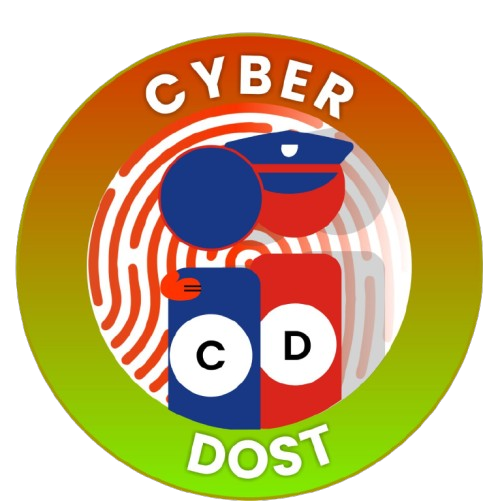The constitution of India has made ample provisions for securing gender equality and development of weaker sections. The Directive principles of state policy provides for need for special efforts to develop women belonging to backward sections. But the goal of empowerment of women and gender equality can not be achieved without enlisting community participation and without capacity building measures. The women belonging to economically weaker sections of society needs to be encouraged to undertake entrepreneurship and cooperative efforts towards achieving self-reliance. The govt. has emphasized the need for formation of self-help groups of women for achieving socio-economic justice to women. The strategy of formation of self-help groups in fact has initiated a process of building self-confidence among women to transform their status in society besides achieving self-reliance. The experience shows that women participant of self-help groups are aware of their rights, their creativity and potential growth. The community based initiatives by women self-help groups especially towards supplementing their house hold income through gainful income generating programs have proved to be rewarding and successful experiments. But some drawbacks / problems faced by women self-help groups become impediments in achieving desired rate of growth and development objectives. Such problems include lack of leadership, lack of skills in management and marketing of the products, lack of networking with stake holders such as banks, potential buyers, govt. agencies, lack of proper financial support/incentives etc.
- In Delhi state, it is estimated that 40/% population live in slums & resettlement colonies and there is ever increasing migrating population in Delhi from neighboring states like U.P., Rajasthan, Bihar, etc.. There are a no. of factors responsible for people to come to Delhi like landless labor, poverty, search for better employment/ income, disorganized families etc. hence, the growth of slums, resettlement colonies, unauthorized colonies remain unchecked.
- The women in these slums/resettlement colonies are the soft targets and easypreys to atrocities, victimization, and unhygienic socio-cultural environments as the slum population is heterogeneous, unorganized and dominated by local politicians. There are lack of proper civic amenities, educational opportunities, proper employment, recreational facilities.
- The need for formation of women’s self-help groups has been underlined in view of synergic effects of organized efforts of women in their self-development. In fact, the women organizations in some states like Andhra Pradesh, Maharshtra, Uttranchal have shown their strength in combating the social evils of Boozing/alcoholism, cut of trees, punishing rapists in public etc. Similarly, the cooperative movements run through women associations like Anand milk cooperative, Lizzat Pappad etc. have proved that organized efforts of women can transform their socio-economic status in a charismatic manner and thus can facilitate the process of women empowerment.
- The scheme of strengthening women self-help groups aims to cover a population of 12 lakh women belonging to economically weaker sections of society in achieving their self-reliance through formation of self-help groups. The state govt. envisages a plan of action of financially assisting such self-help groups in realizing their objectives of women empowerment and economic development. In fact, the positive encouragement by state govt. through financial incentives will facilitate the women groups to undertake income generating projects, tapping bank loan/credit facilities and learning management/accounting/entrepreneurship skills. The successful models of this plan scheme of state assisted women self-help groups will be replicated in other places.
- It is planned that there will be generally 10-15 women members in a self-help group. Such groups will be assisted in formation through ICDS networking and from among beneficiaries of various govt. programs like GRC, Stree Shakti Camps, ICDS, and other community development schemes. So in order to cover 12 lakh women, there will be 80,000 women self-help groups at the rate of 15 women members in each group. The scheme aims to cover such 80,000 groups over a period of 5 years. Hence in the first year, the target will be to assist 16000 groups or say indirectly 2,40,000 women beneficiaries. The self-help groups will be encouraged to undertake community based training cum productive activities in order to create of pool of resources and to supplement their income out of profitable activities.
- The scheme provides for intervention at two stages. The state govt. will provide a one time grant to each registered self-help group with an initial incentive of Rs.5.000 towards formation and establishing a group as seed money. This amount will be helpful in procuring some contingencies, in completing modalities/formalities and for requirements of seed money. Thus, there will be an initial investment of Rs. 800 Lakh. After the formation of the groups, the state govt. will provide an equal matching grant towards the net savings of such groups as per the norms. It has been estimated that the amount of net saving of such group will come to Rs. 20,000 annually. Therefore, the state govt. share will be matching equal share of Rs. 20,000 annually. Thus there will be a liability of Rs.3200 lakh spread over a period of one year. Thus there will be a net expenditure of Rs.40 crores in the first year.
- The scheme will be implemented through 10 District Offices of Social Welfare Deptt. And each District will be thus liable for promoting and assisting 1600 women self-help groups. In order to ensure effective implementation of the scheme, there will be requirements for additional staff and logistics/contingencies at the level of each district as well as at the level of Deptt.’s Head Quarter level. The details of such requirements have been worked out as following;


 Department of Women and Child Development
Department of Women and Child Development 


